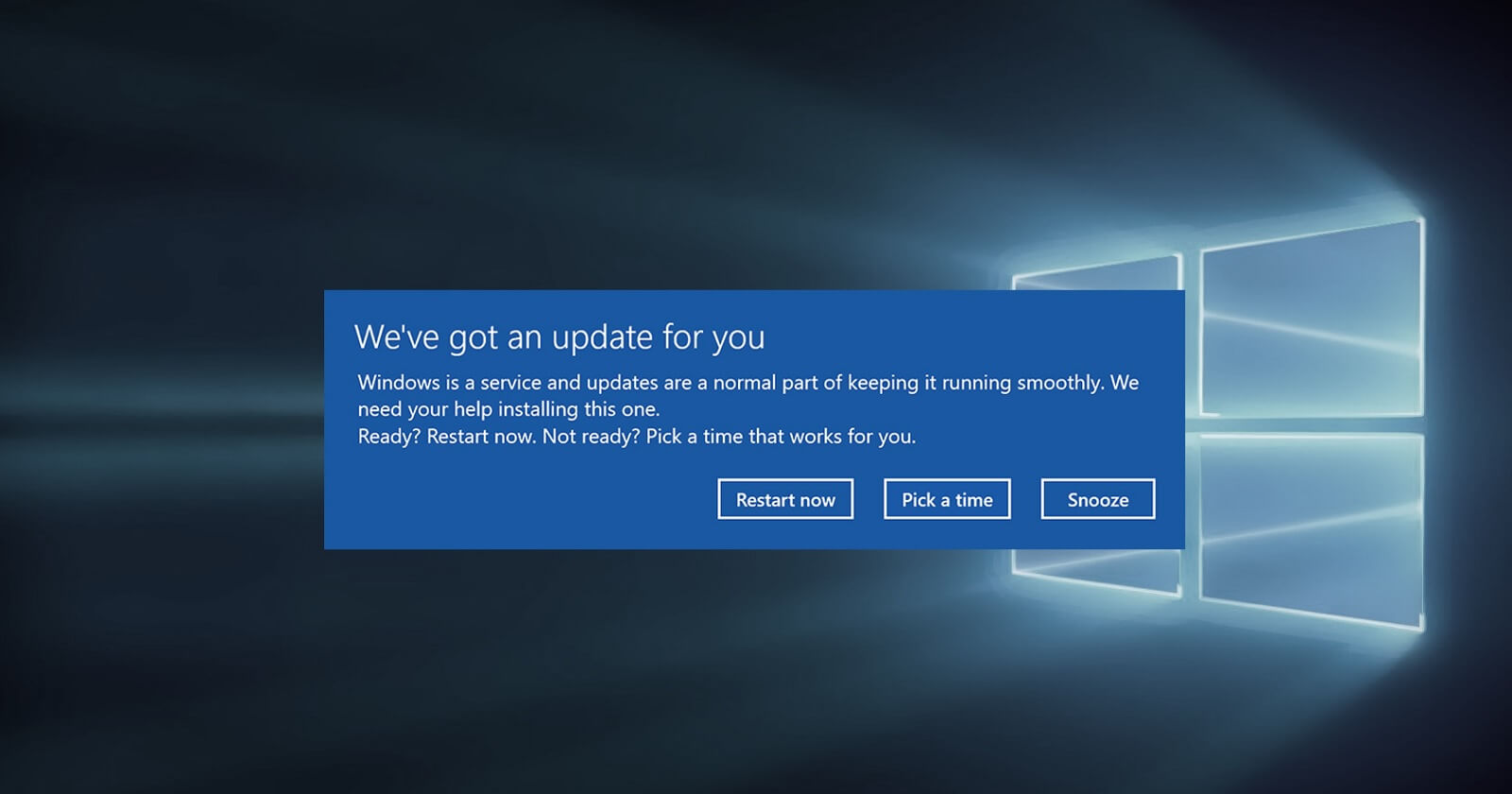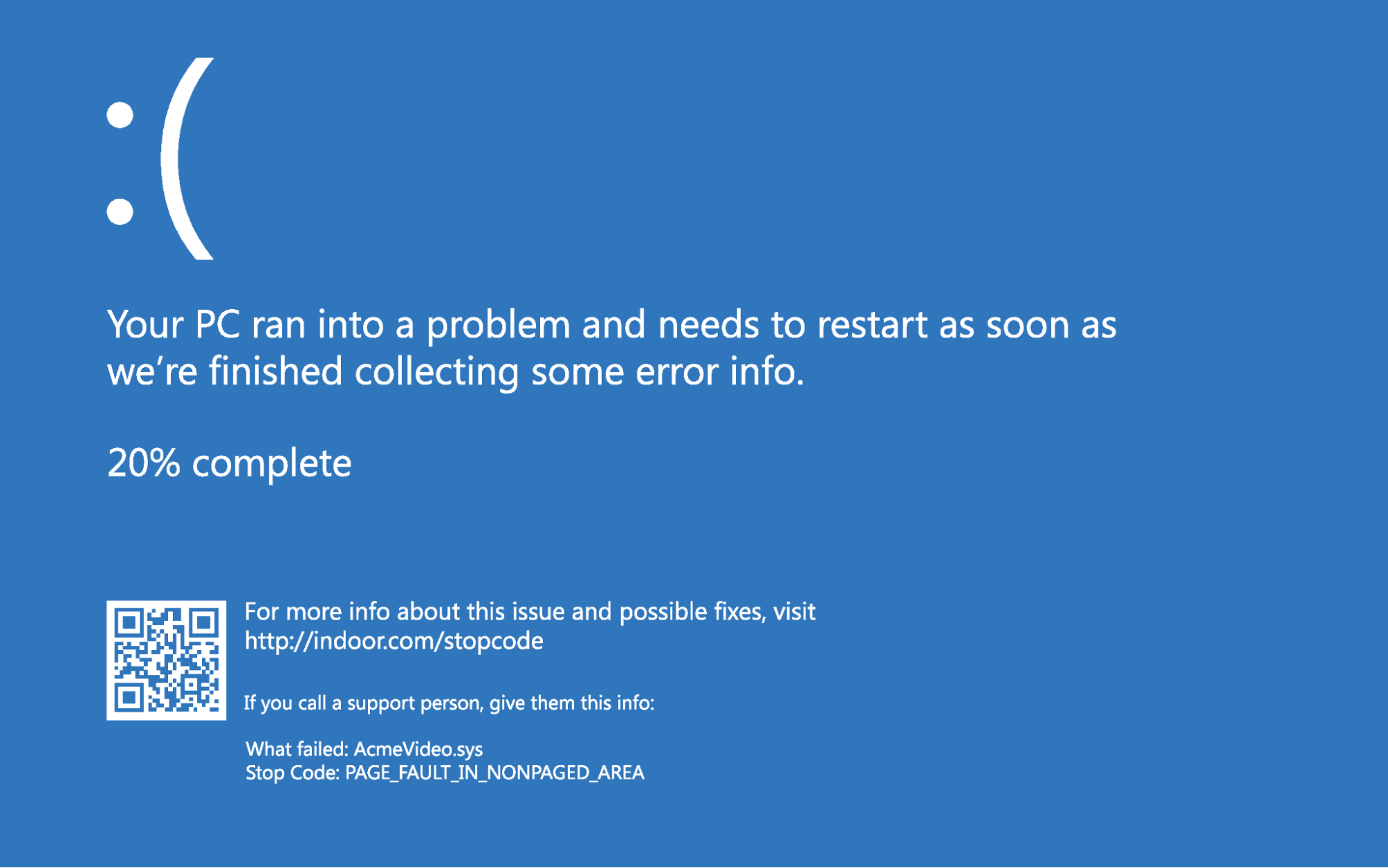
However, there are many other ways to restore a crashed computer without sacrificing this disk space. Usually, you can invoke these from some kind of emergency menu before boot. This factory state is not just a clean Windows 10, but one with all the drivers and preloaded software the computer came with. The point of these recovery partitions is to enable you to get back to a factory state if your computer becomes unbootable, perhaps even stuck on a blue screen of death. Most laptops and pre built desktops come with a recovery partition that eats up at least 20GB of disk space. This is a somewhat controversial recommendation so consider your options. These automatically force-close any open apps after a 2000-millisecond (2 second) delay (shorter delays could be problematic because it wouldn't give apps that are closing time to close themselves).

Finally, create HungAppTimeOut and set that to 2000 also. The best solution is to open the registry editor, navigate to \HKEY_CURRENT_USER\Control Panel\Desktop and create three strings (if they don't already exist). Create AutoEndTasks and set it to 1, create WaitToKillAppTimeOut and set it to 2000. Yes, Windows gives you a button that says "Shut down anyway," but you have to hit it and wait for the system to hopefully force close the apps. Now, Windows is nagging you to go back and close all your apps manually. Maybe you just had a nearly-empty notepad doc or a picture in Photoshop that you didn't want to save because you already copied and pasted the data into another app. You go to the fridge, grab a drink and return to find a message on your screen that says you have apps which aren't closed.

You go to shutdown or restart your PC and you walk away, expecting your computer to be powered off (or rebooted) by the time you come back.


 0 kommentar(er)
0 kommentar(er)
